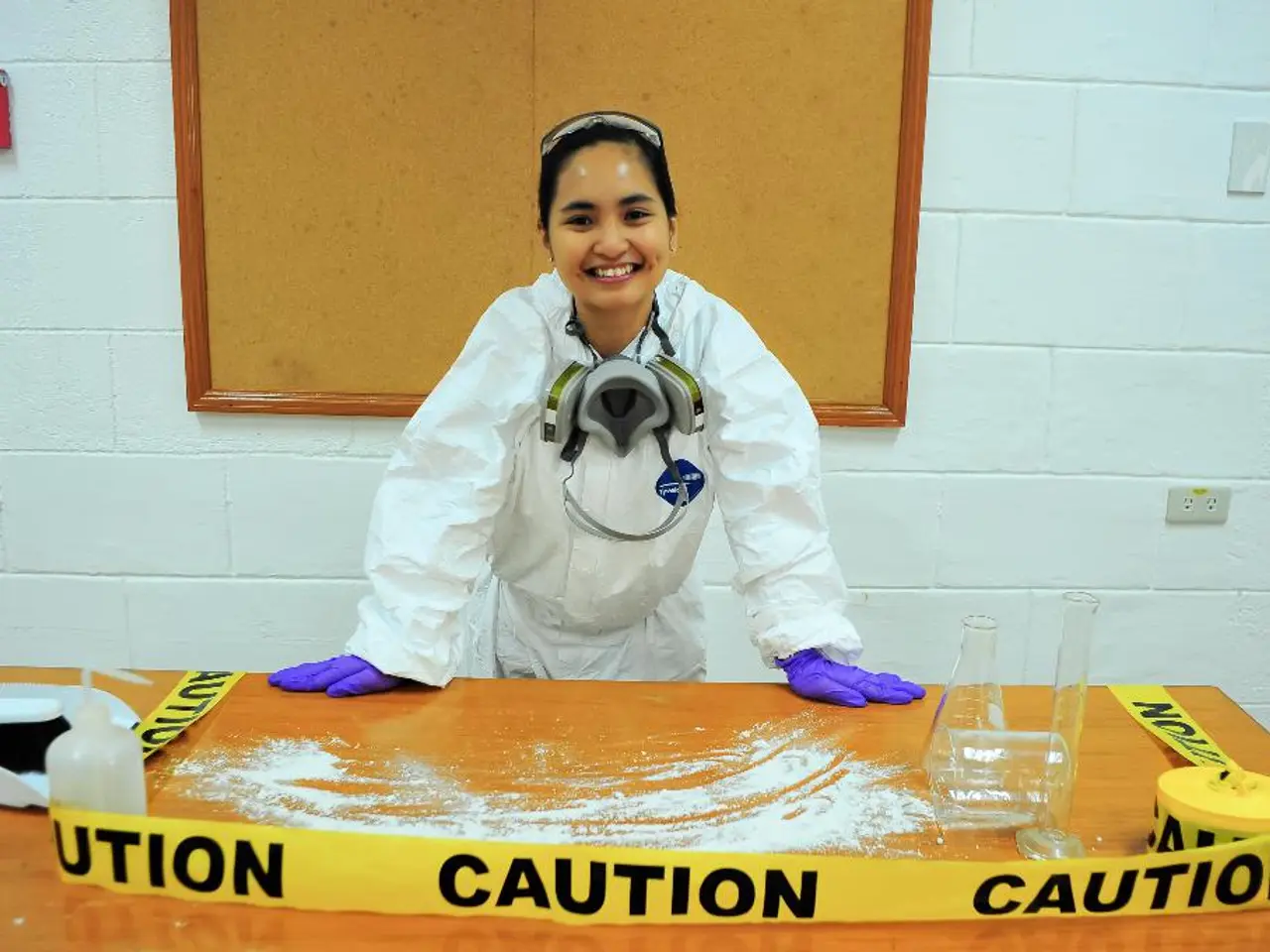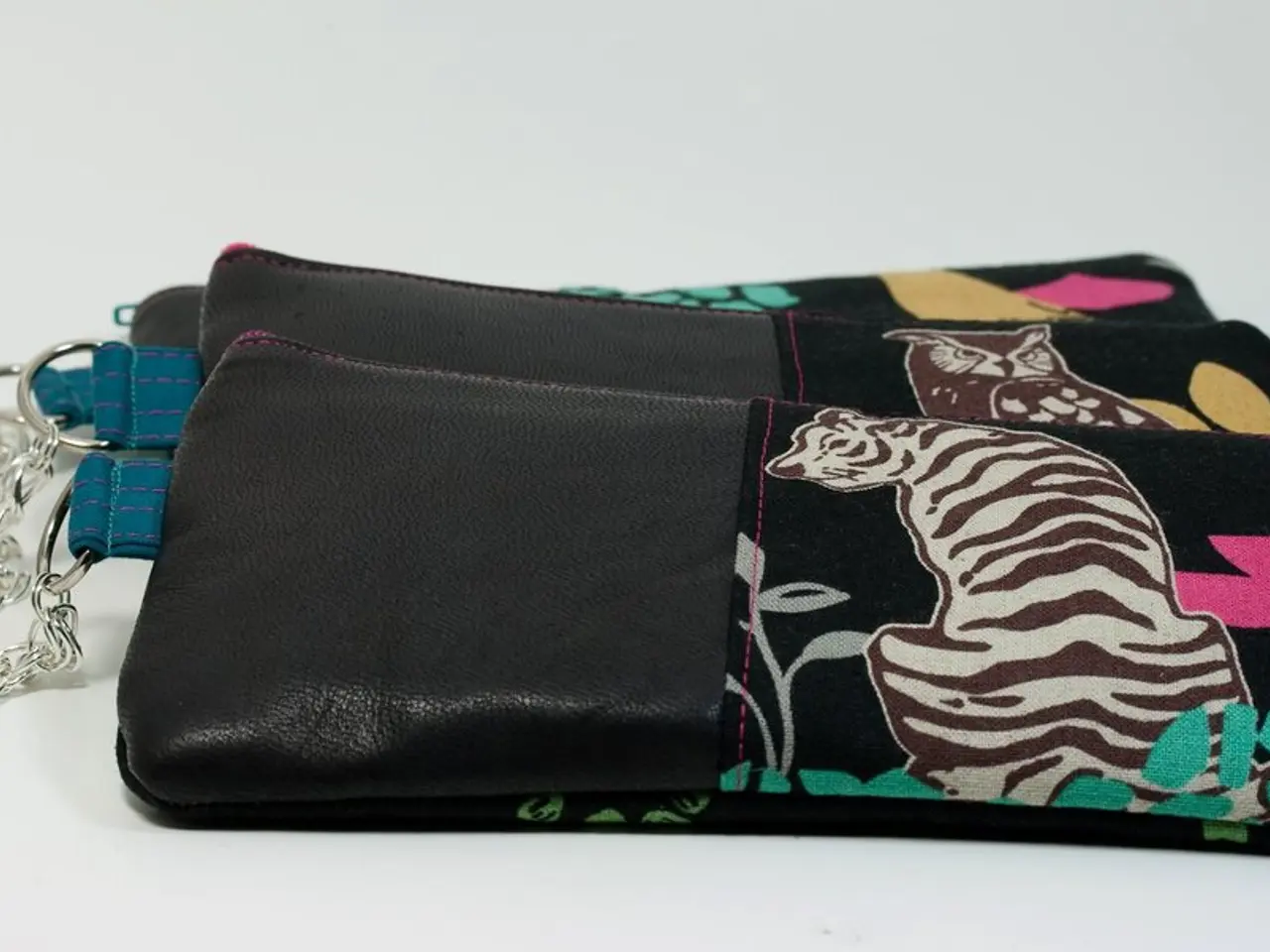Methods for Creating Dependable Microvias in Your Printed Circuit Boards
In the world of Printed Circuit Board (PCB) design and manufacturing, microvia reliability has become a critical concern for manufacturers. Microvia failures during the reflow process are primarily driven by thermal expansion mismatch-induced stress and weak plating interfaces.
The International Printed Circuits Association (IPC) offers four types of PCB configurations to address microvia reliability: Type I, II, III with stacked microvias, and III with staggered microvias. However, it's essential to understand the factors contributing to microvia failure and implement strategies to mitigate these issues.
One of the primary factors causing microvia failure is the Coefficient of Thermal Expansion (CTE) mismatch. PCBs are made of multiple materials with different CTEs. During reflow soldering, materials expand at different rates, causing stress, particularly in the Z-axis, which can lead to microvia barrel cracking or delamination.
Weak interfaces between plated copper layers in stacked microvias also contribute to reliability issues. These interfaces can be weak, leading to intermittent failures, especially when exposed to multiple reflow cycles and elevated temperatures.
Mechanical stress concentrations, such as corners of component pads or microvia edges, are another common failure point due to strain during thermal cycling or mechanical flexing. Panel or board movement during drilling and heating can also cause misalignment or stress, leading to microvia damage.
Uneven thermal distribution during reflow can exacerbate thermal stress and failure risks. Factors such as solder mask color or design can contribute to this issue.
To address these issues, several strategies can be implemented in PCB design:
1. Material Selection and Stackup Design: Use laminates with better matching CTEs and design the stackup to constrain the Z-axis expansion. High-reliability materials like certain composites reduce CTE mismatch stresses.
2. Microvia Design Optimizations: Use staggered microvia chains rather than stacked microvias until the root cause of failure is understood and resolved. This reduces stress at microvia interfaces and improves reliability.
3. Reflow Process Controls and Testing: Implement in-situ reflow testing with special microvia chain coupons to screen for weak microvia interfaces before assembly, ensuring only boards with reliable microvias proceed.
4. Mechanical Stress Mitigation: Design pads and package outlines to minimize stress concentration points. This includes avoiding sharp corners or adding reinforcement like corner gluing in critical areas.
5. Accurate Drilling and Panel Handling: Minimize panel movement during drilling and thermal processes by using precise fabrication equipment and handling protocols.
6. Thermal Management in Reflow: Consider solder mask color and thickness to ensure even heating during reflow. Avoid designs that cause uneven thermal distribution or localized hotspots.
The transition to high-tin alloys from tin-lead solders increases the risks to copper interconnections and base materials during the reflow process. To identify microvia separations or cracks, it's necessary to monitor the resistance of the microvia throughout the entire temperature cycle.
IPC-TM-650 2.6.27 method helps manufacturers carry out microvia reliability testing using D-Coupons. D coupons are designed in accordance with IPC-2221 Appendix A or B for plated holes and via thermal stress testing. IPC-TM-650, method 2.6.27, involves subjecting test coupons to a standard solder paste reflow profile designed to achieve a peak temperature of either 230°C or 260°C, and monitoring the resistance of the coupon throughout the thermal cycle.
Multiple lamination cycles can potentially affect the durability of the plated holes in HDI circuit boards. Choosing a stack-up in accordance with IPC 2226 standards ensures the manufacturability of microvias and cost-efficient production.
Images depicting stack-up structures conforming to IPC-2226 standards are available for reference. By implementing appropriate material selection, adherence to IPC-T-50M guidelines, and stack-up configurations as per IPC-2226 standards, along with continuous monitoring of microvia resistance during reflow with a threshold of 5% change, manufacturers can help ensure durable microvias.
A stackup designer should focus on selecting materials with matching Coefficients of Thermal Expansion (CTEs) to reduce stress in the Z-axis during reflow soldering and improve the reliability of microvias. Controlled impedance and material selection are crucial factors in the design of Printed Circuit Boards (PCBs) to mitigate microvia failures.
In addressing microvia reliability concerns, the use of staggered microvia chains in the PCB design can be beneficial, as it helps to reduce stress at microvia interfaces and improve overall reliability. Technology, in the form of advanced material composites or improved manufacturing processes, can aid in reducing CTE mismatch stresses and improving microvia reliability.




